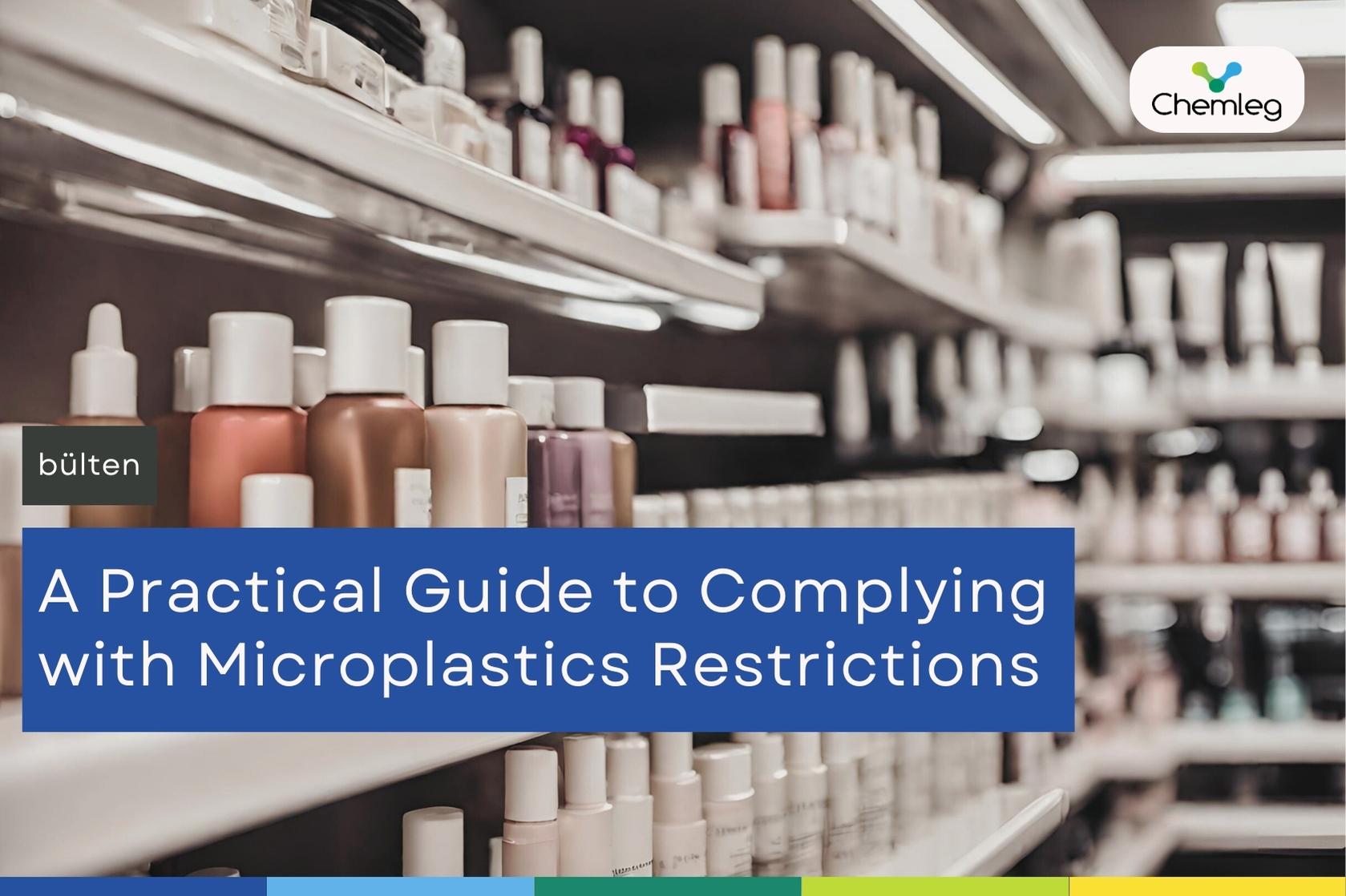
A Practical Guide to Complying with Microplastics Restrictions has been Published
About the CE/EFfCI Guidance on the EU Microplastics Restriction
According to ECHA, microplastics are solid plastic particles consisting of polymers and functional additives with a size generally less than 5 mm. This term has become quite common in our industry in recent years and has now returned to everyone's agenda due to the decision of the European Commission to announce the restriction of microplastics in cosmetics with Regulation 2023/2055 in September 2023.
It is important to remember that this restriction came into effect on October 17, 2023, and there are different transition periods for its implementation. For example:
- For products containing microbeads, starting from October 17, 2023,
- 4 years for rinse-off products,
- 6 years for leave-on products,
- 12 years for makeup, nail, and lip products,
And starting from October 17, 2023, for 8 years, the obligation to add the statement "This product contains microplastics" has been introduced.
Some parts of the cosmetics industry have demonstrated their commitment by removing microplastics from formulations before this decision came into effect. Additionally, raw material manufacturers have been working on new ingredients with much lower environmental impact and good performance for some time, but we must acknowledge that this is not an easy task.
On February 14, 2024, Cosmetic Europe (CE) and the European Federation for Cosmetic Ingredients (EFfCI) published a much-needed document with the launch of a joint guidance document by the European Commission. This document has facilitated the understanding of the EU REACH restrictions on microplastics, enabling companies to understand the rules and ensure compliance.
The content of the guide is as follows:
- Clear explanation of the restrictions: The guide summarizes exactly what is prohibited and what is not, including a step-by-step approach to identifying synthetic polymer micro-particles (SPMs).
- Answers to Frequently Asked Questions: Uncertainties are addressed in a dedicated FAQ section.
- Legal interpretations: The guide provides valuable insights for businesses by shedding light on the legal aspects of the restriction.
- Sampling: Real-world examples and case studies demonstrate the application of the rules, while labeling guidance ensures clear communication with consumers.
Through this comprehensive resource, it is possible to:
- Understand the EU REACH microplastic restriction comprehensively,
- Easily determine whether your products are affected,
- Make informed decisions about compliance,
- Avoid potential legal issues.
Businesses can adapt to changing regulatory conditions and contribute to a cleaner environment by proactively using this informative guide.
You can view the relevant guide here and contact us for detailed information.
Click here for our services in the field of cosmetic products.
